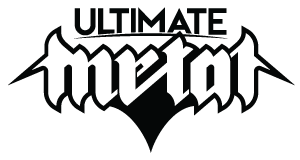having both, drumtracker is an acceptable substitute to DTM. just a wee tad slower.
If i have a frustratingly shitty metal drummer, and i can get a kick dampened enough to stay out of the other mics, the kick track ALWAYS ends up MIDI . i'll tell the kid "just focus on your hands, as long as i can tell what you're TRYING to play on the kick is all that matters."
i think MIDI vs. drumagog (or comparable) depends on the style of music going on. if you're shooting for the faceless....definitely MIDI. the velocity control, in addition to obviously the limitless quantizability, is invaluable. something like a 16th note straight fill around the kit at 200bpm is where you really start to appreciate it. the transients end up so vague that it becomes difficult to accurately trigger them all on the fly, especially when your only means of editing is grouped slipping. and when you just get it as "close as you can" in the rooms/OH, it sounds beautiful with a fast programmed fill on top. IME/O, anyway.
the first time you get in there and set the velocity on every other hit slightly harder (to simulate a stronger right hand for a righty drummer) anyone will appreciate the control. sample accurate is critical for rimshots and slower parts but there's been many situations where i couldn't live without programming a fill on top of grouped mic tracks that i simply slipped as "best i could".
i guess the point is if the drummer isn't superhuman (which they rarely are for me, anyway) you reach a certain "speed" where midi becomes invaluable...if ya ask me.

